

|
2. The cormorant with that beautiful blue eye and hooked beak. |

3. Using its wings to steady itself. |
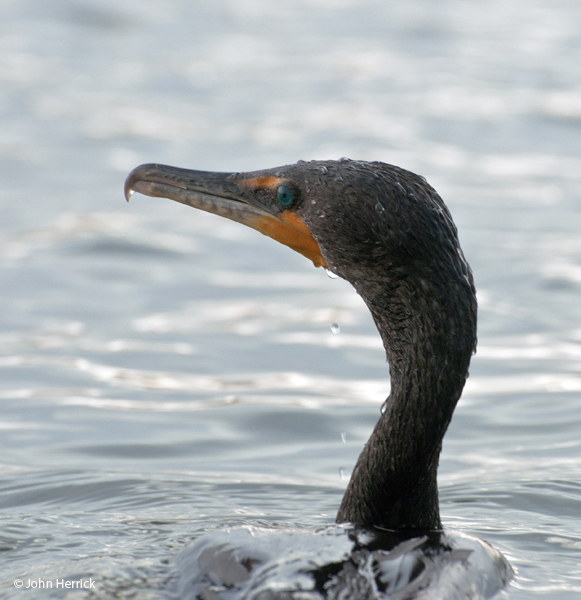
4. Happy as he came up in front of my kayak, |

5. Happy right in front of me. |

6. Happy as it started to rain, |

7. After a few beats Happy was airborne.
|

8. A male cormorant telling a female that |
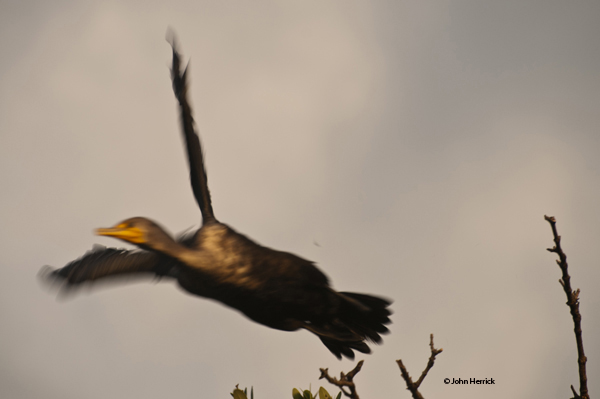
9. A look at another cormorant taking off, |
.jpg) 10. A floating barrier is a perfect perch for cormorants and
anhingas to watch the manatees swim by. 10. A floating barrier is a perfect perch for cormorants and
anhingas to watch the manatees swim by.
|
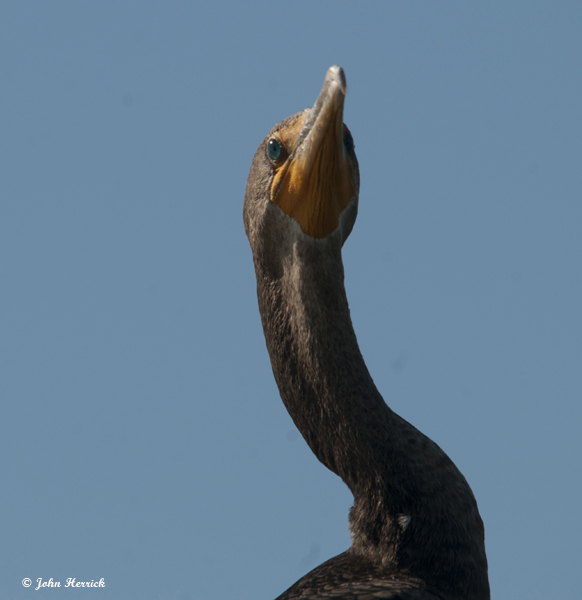
11. Are you looking at me? |

12. Posing. |

13. Posing for me. |

14. This feather came loose, what should I do with it? |

15. Caught dinner. |

16. Quite wet. |

17. Another pose. |

18. Dinner is any fish caught! |
.jpg)
19. Catfish anyone? |
.jpg)
20. And down the hatch. |

21. Just waking up in the morning. |

22. A big yawn. |
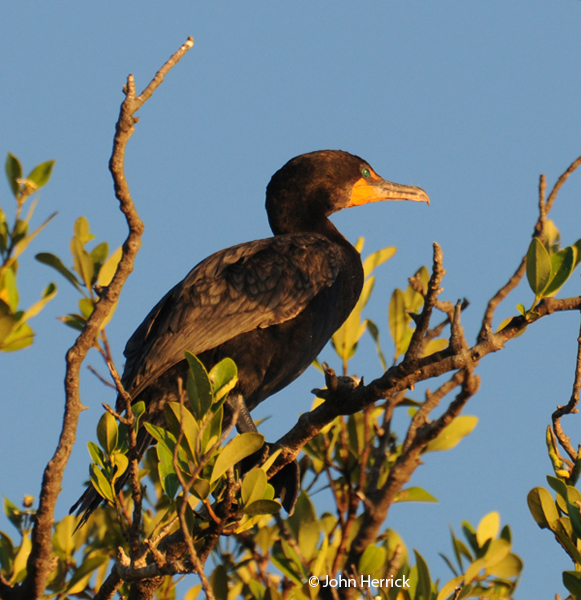
23. A super shot. |
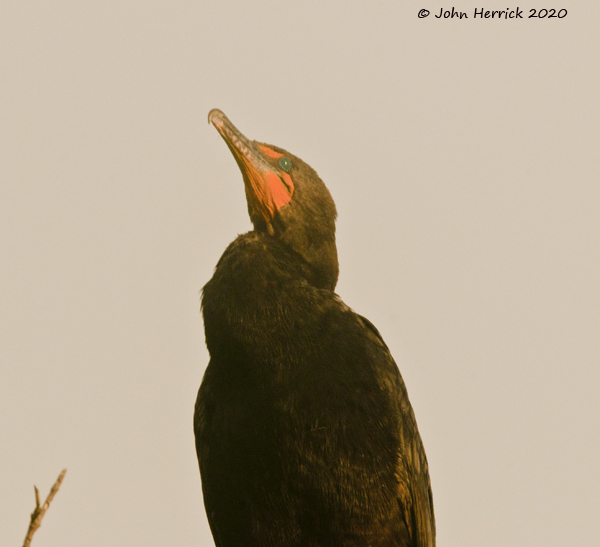
24. Early on a rainy morning. |

25. It was sprinkling but I took a chance.. |

26. Almost a sepia quality, the rain opened up after this. |
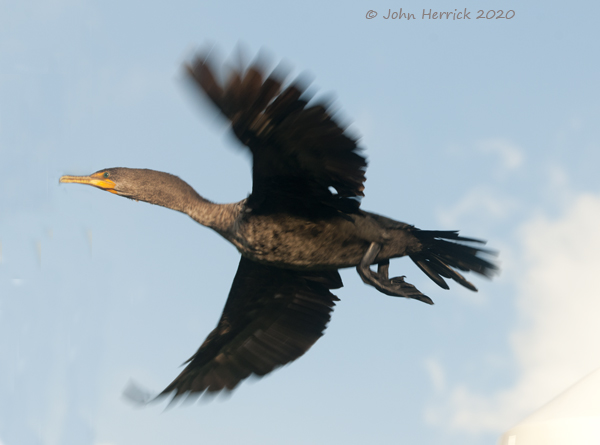
27. In flight. |

28. Almost airborne, sitting on a white pile cap. |

29. Sitting pretty. |

30. A portrait. |

31. A pair, a third was nearby. |
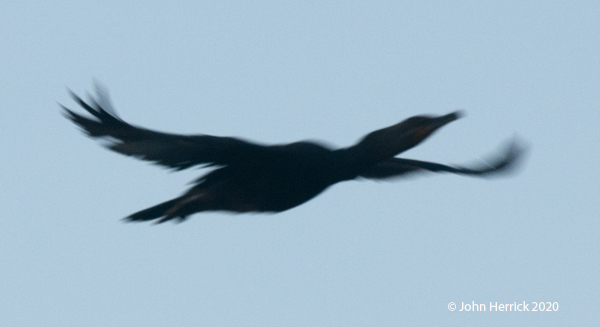
32. They look like a tank in the air. |

33. Comfortable on their perches. |

34. But an osprey landed just above them! The male on the left is protesting .. he was grabbing a leaf - "This is our area, not yours." it seemed to be saying. |
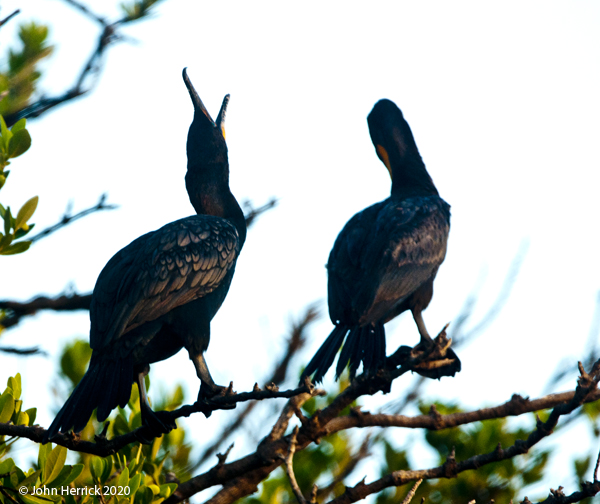
35. Then he squawked in protest. |

36. "See, all the way over to here, that is MINE". |

34. But he had to admit, the osprey (on the left) was going to ignore him. |
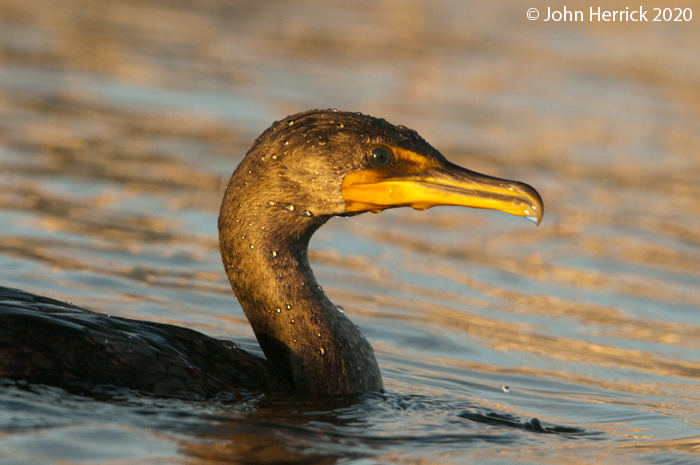
34. Fishing this morning. |

35. Water drops.
|
|
36. More water drops at dawn. |